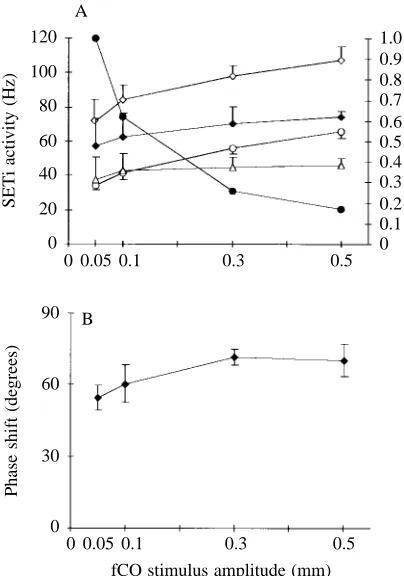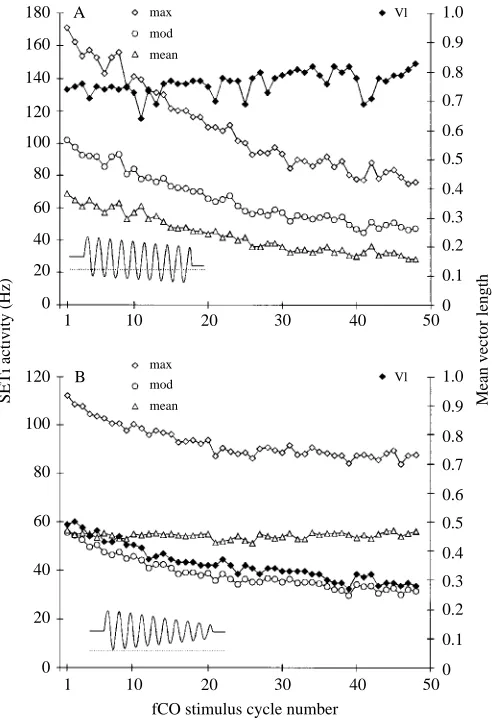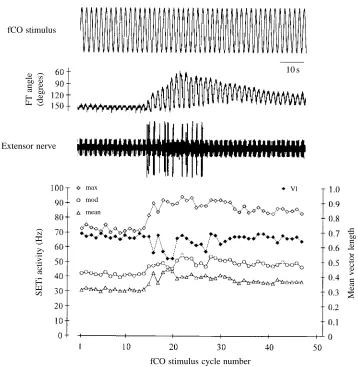Neural mechanisms of adaptive gain control in a joint control loop: muscle force and motoneuronal activity
Full text
Figure




Related documents
Approved Page 2 of 10 © Commonwealth of Australia, 2013 Service Skills Australia SITXEVT302 Process and monitor event registrations.. Modification
This research concluded that peripheral neuropathy is one of the complications of liver cirrhosis irrespective of its etiology and is more prevalent in male
assessment of water polo players while the 30CJ as a test to evaluate anaerobic power of
The reports of usability studies and controlled experiments are helpful to understand the potential and limitations of our tools, but we need to consider other evaluation
Based on studies of Porter’s theory and other concepts of cluster development the author formulated the following definition of the territorial and industrial cluster in ACS: This
Phosphorylated CheY (CheY-P) binds to the motor switch to induce tumbling of the cells. CheR and CheB confer adaptation to persisting stimuli by adding and removing methyl groups
Keywords: Internet marketing, social network marketing, social network sites, benefits of using social networks for business.. Reikšminiai žodžiai: marketingas, socialinių
The United States claimed the reserved rights under authority of the Forest Service’s Organic Administration Act of 1897 and the Multiple-Use Sustained-Yield Act (MUSYA) of 1960.





